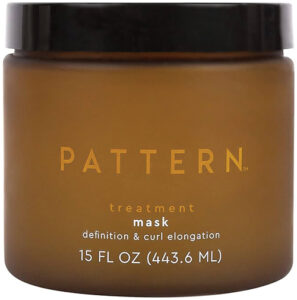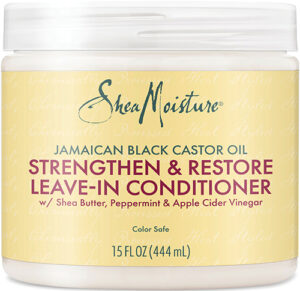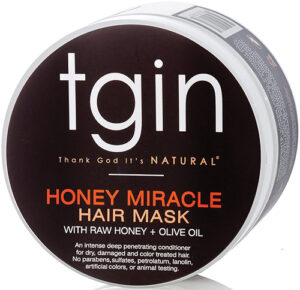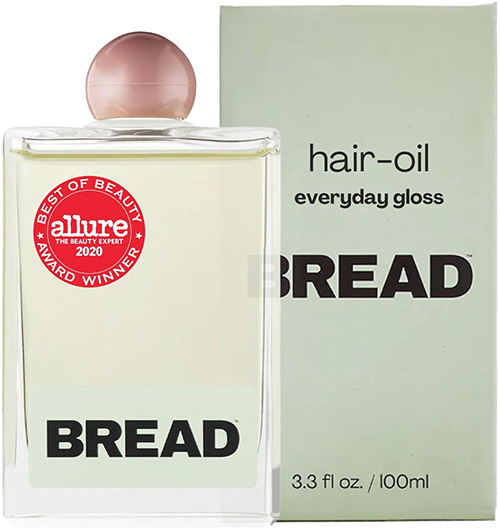Harnessing Traditional Ingredients
for Healthy Scalp and Hair
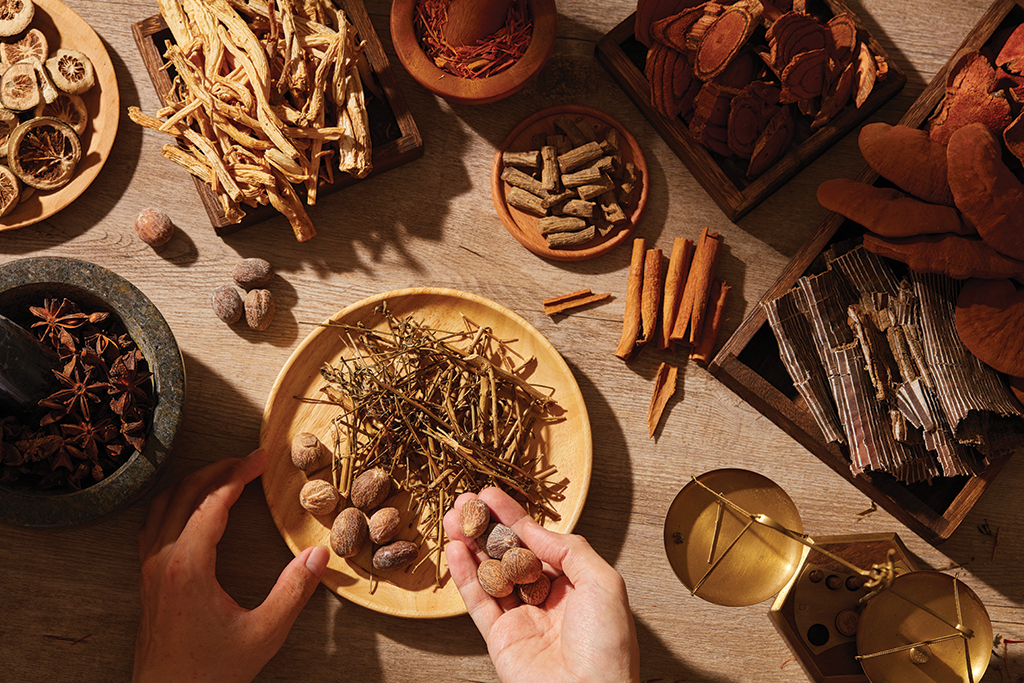
Black hair has evolved through a rich variety of styling techniques, including wigs, braids, and weaves. However, repeated styling can lead to scalp sensitivity and dryness. While styling plays a key role, daily scalp and hair care is equally important. Today’s consumers are shifting their focus toward gentle, consistent care rather than quick fixes, seeking out time-tested ingredients such as shea butter, castor oil, chebe powder, and rosemary. These so-called “heritage ingredients” have earned trust through generations of proven effectiveness and deep community roots. As more people prioritize lasting results over fleeting trends—and value authentic reviews over marketing hype—heritage ingredients are reclaiming the spotlight.
The Scalp Is Skin Too: Embracing the Skinification Trend
As awareness grows that the scalp is part of the skin, the skinification trend is gaining traction—applying skincare principles to scalp care. Consumers are leaning toward proven botanical ingredients over complicated formulas, showing renewed interest in traditional remedies from African and Caribbean communities. Natural ingredients and routines passed down through generations are being rediscovered as trusted, effective choices.
The Gen Z Approach: Choosing Traditional Ingredients Differently
Gen Z isn’t drawn to traditional ingredients because they’re familiar—it’s because they’re informed.
- They don’t just follow recipes. They research ingredients, watch video reviews, and often experiment with DIY blends. Understanding how and why something works is essential before making a purchase.
- They’re highly selective: natural, clean beauty, and DIY-friendly options are top priorities.
- They care about the details. It’s not just about results—brand values, thoughtful packaging, and transparent ingredient lists matter just as much.
In-store Action Points
- Organize shelves by ingredient focus: Rather than grouping products by brand, arranging them around key concepts such as “Scalp Soothing Care Zone” or “Shea Butter Series” can be more effective.
- Add simple ingredient tags: Display short, easy-to-understand descriptions—such as “Why this ingredient is good for you”—next to each product to increase conversion rates.
- Offer product testers: For oils, where scent and texture vary, testers help customers feel confident before buying.
- Create a DIY inspiration corner: Display castor oil with a mixing bowl and applicator next to rosemary oil to reduce customer movement and boost multi-item purchases.
5 Traditional Ingredients to Watch
✔ Baobab Oil
Extracted from the seeds of the African baobab tree, this lightweight oil is easily absorbed by the scalp. Rich in omega-3, 6, and 9, it helps moisturize the scalp and improve hair elasticity.
✔ Coconut Oil
A natural oil derived from coconut flesh, it penetrates deeply into the hair to minimize protein loss. It also helps relieve scalp dryness and gently exfoliates flakes.
✔ Charcoal
Charcoal, a natural carbon source derived from bamboo or coconut shells, effectively absorbs excess oil and impurities from scalp pores, making it ideal for detox—especially for oily scalps. It also soothes itching and neutralizes odor, leaving the scalp feeling refreshed.
✔ Chebe Oil
This traditional herbal blend from Chad, made by combining Chebe powder with oil, helps lock in moisture, prevent split ends, and balance scalp pH—creating an ideal environment for healthy hair growth.
✔ Batana Oil
Extracted from the American oil palm fruit native to Central America (especially Honduras), this restorative oil moisturizes the scalp, adds shine to dull hair, and soothes itchiness and dandruff. With regular use, it may also help reduce hair loss and support healthy hair growth.
10 Hair Care Products with Heritage Ingredients
These 10 popular products use time-tested ingredients and are backed by real customer reviews.


